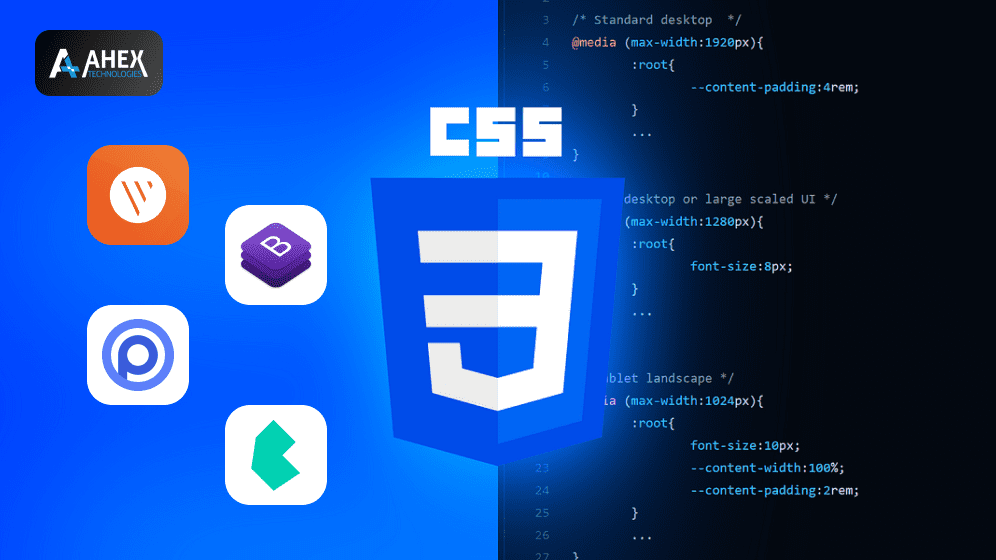
Are you tired of spending hours designing websites from scratch? CSS frameworks can help you streamline your design process and improve efficiency. In this article, we will explore the benefits of using CSS frameworks and provide tips on how to maximize their potential.
What is a CSS Framework?
A CSS framework is a pre-built collection of CSS styles and templates that can be used to create a website. It contains a set of pre-defined classes, rules, and grids that can be used to create consistent and responsive designs. CSS frameworks save time by eliminating the need to write every line of CSS code from scratch. You can check CSS Development Service.
Benefits of Using a CSS Framework
- Saves Time: Using a CSS framework can save a significant amount of time when designing a website. With pre-built styles and templates, you can quickly create a website without having to write code from scratch.
- Consistency: CSS frameworks provide a consistent design language that can be applied across an entire website. This ensures that all pages have a similar look and feel, providing a better user experience.
- Responsive Design: Most CSS frameworks include responsive design elements that adapt to different screen sizes. This means that your website will look great on both desktop and mobile devices.
- Flexibility: CSS frameworks are highly customizable, allowing you to adjust styles and templates to fit your needs. This means that you can use a framework as a starting point and build upon it to create a unique design.
How to Maximize Your CSS Framework
- Choose the Right Framework: There are many CSS frameworks available, each with its own strengths and weaknesses. Consider your design needs and choose a framework that best suits your project.
- Customize Your Framework: While CSS frameworks provide pre-built styles and templates, it’s important to customize them to fit your specific needs. This ensures that your design is unique and tailored to your project.
- Learn the Framework: Take the time to learn the framework you choose thoroughly. This will allow you to make the most of its features and create a more efficient design process.
- Use Best Practices: While CSS frameworks can save time, it’s still essential to follow best practices when designing a website. This includes optimizing images, writing clean HTML and CSS, and testing your website on different devices.
- Stay Up to Date: CSS frameworks are constantly evolving, with new features and improvements added regularly. Stay up to date with the latest updates and trends to ensure that your design is always current.
Conclusion
CSS frameworks can be an invaluable tool for web designers looking to streamline their design process and improve efficiency. By choosing the right framework, customizing it to fit your needs, and following best practices, you can maximize your web design efficiency and create stunning websites.
Some popular CSS frameworks include Bootstrap, Foundation, Bulma, and Materialize.
Yes, CSS frameworks can be used for any type of website, from simple blogs to complex e-commerce sites.
While some knowledge of HTML and CSS is helpful, you do not need to be an expert coder to use a CSS framework.
Yes, CSS frameworks are highly customizable, allowing you to adjust styles and templates to fit your brand’s look and feel.
One potential downside is that using a framework can lead to a website looking generic or unoriginal if not customized properly. Additionally, some frameworks can add unnecessary bloat to a website’s code, affecting performance. However, these downsides can be mitigated by customizing the framework and optimizing the code.







